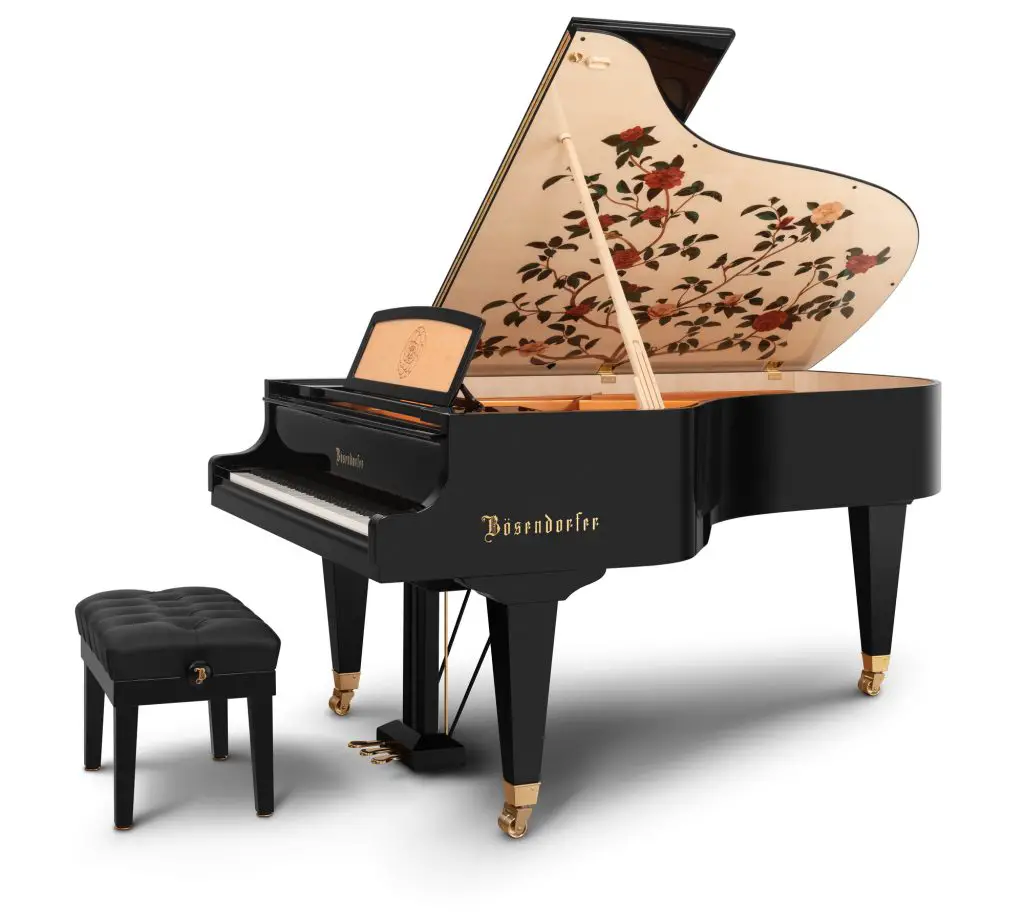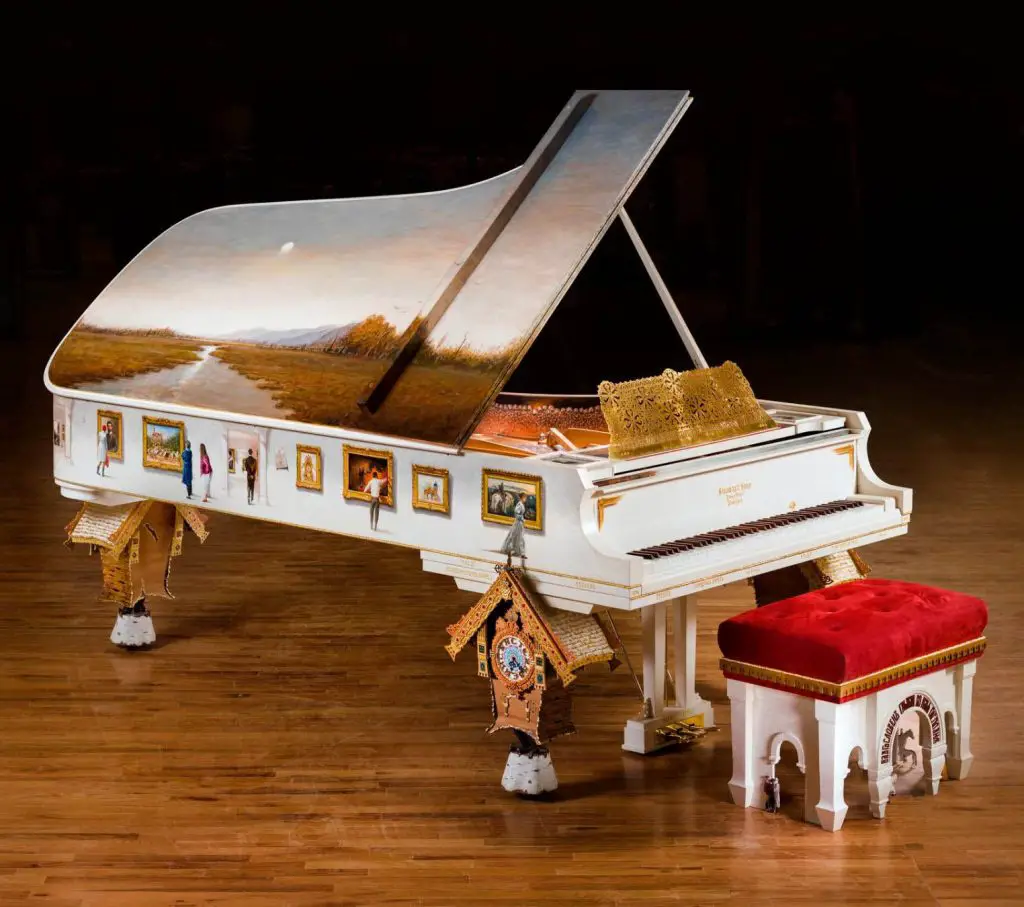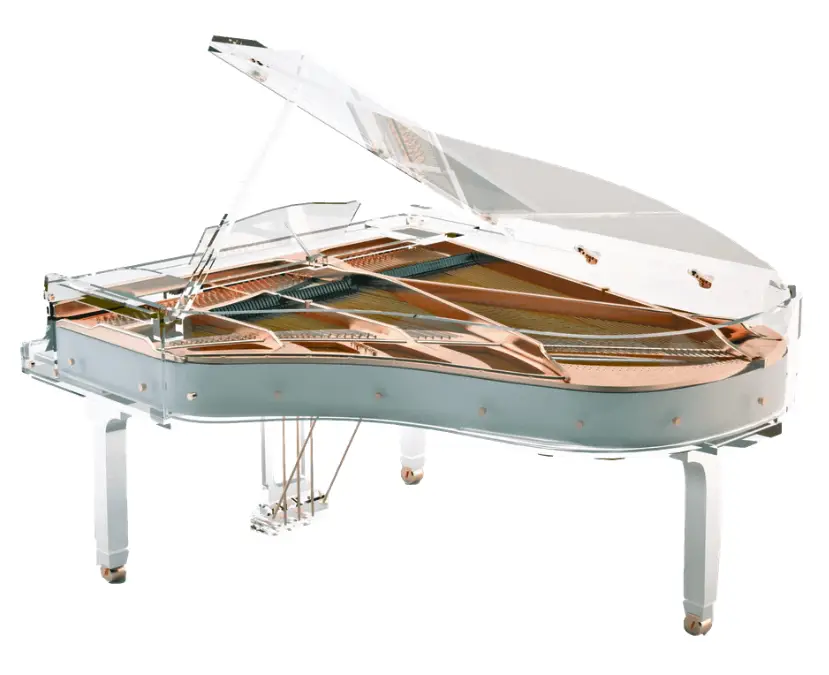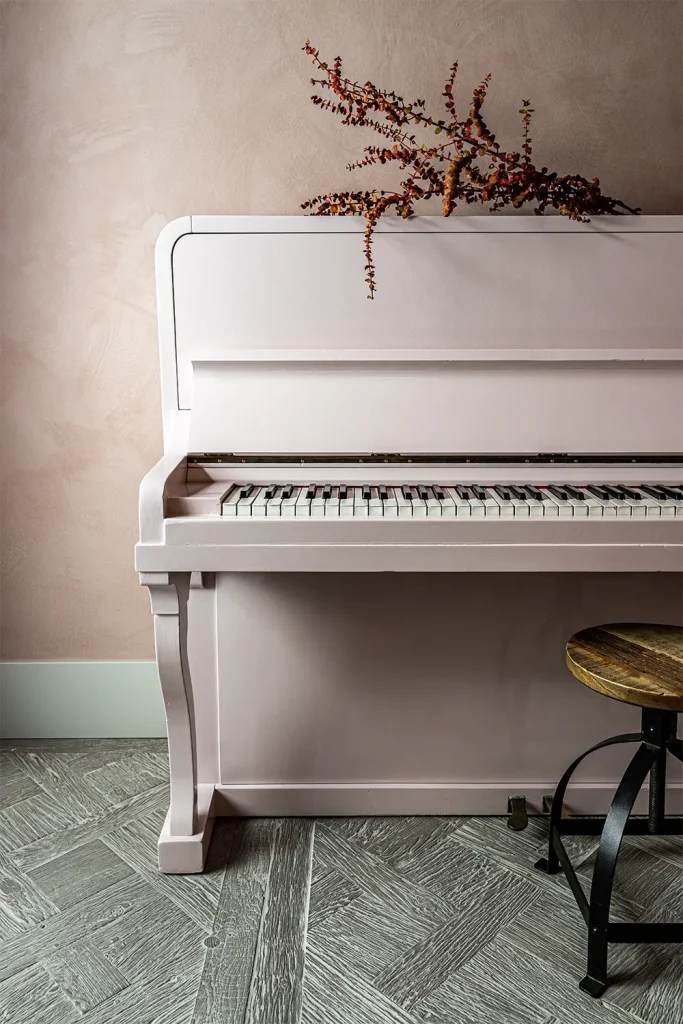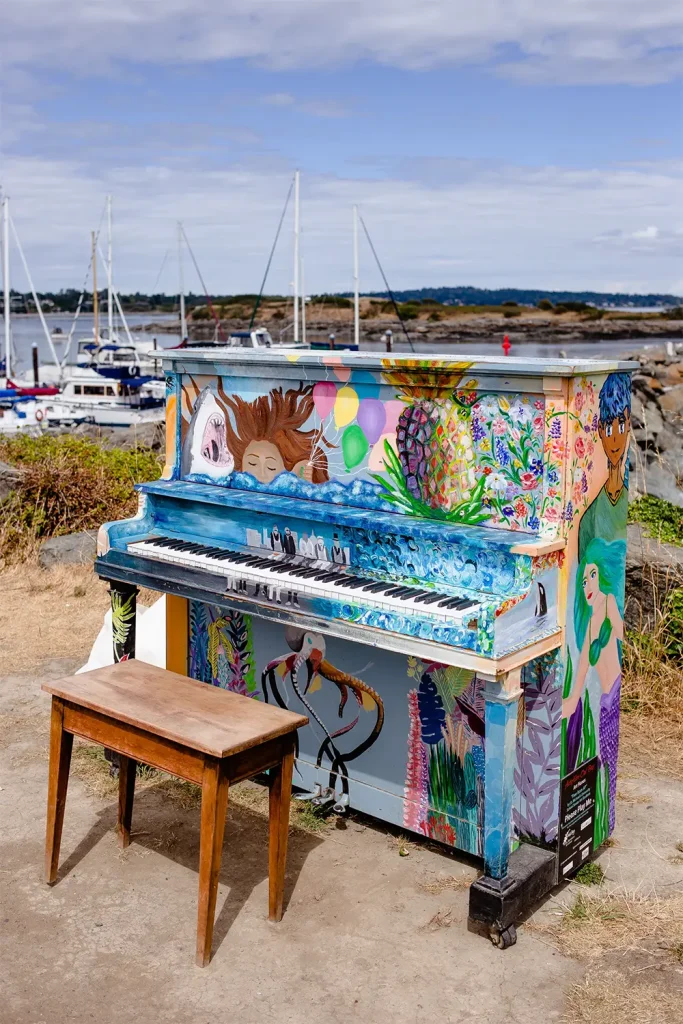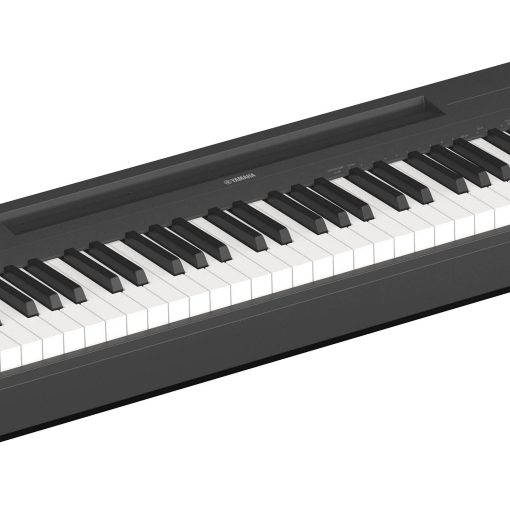Being totally honest, I prefer pianos to remain as the manufacturer intended. However, many people look to enhancing or altering the look of a musical instrument by decorating it in some way. This is certainly possible, but it’s important to plan and research what methods are best for the particular instrument you have, and ensure it doesn’t affect the playability and performance, or look out of place in its setting.
High end acoustic pianos and many digital pianos are expensive, precision instruments that could be ruined, or at least degraded, by a sloppy or inappropriate DIY decor job.
Here we look at a few ideas for decorating and accessorising your piano, along with examples, as well as discussing the possible disadvantages of doing so.
Manufacturer Artwork and Decoration
Some pianos, particularly special and limited editions of high end acoustic grand pianos, may already contain decoration or artwork on the body. This has been professionally added by the manufacturer and will not affect the performance of the instrument at all.
Bösendorfer Artist series
Currently comprises nine grand pianos with artwork carefully added to the inside of the piano lid, depicting work by famous artists or celebrating certain events.
Works include a reproduction of Gustav Klimt’s “Tree of Life” on the 214VC Vienna Concert, a Beethoven celebration on a Bösendorfer Grand 214VC, and one immortalising Oscar Peterson on a Bösendorfer Grand 200 bis 290.
Steinway and Sons
Includes “Pictures at an Exhibition” crafted grand piano, plus other unique piano collaborations with artists such as Paul McCartney and Paul Simon.
Yamaha
Yamaha has collaborated with various artists and designers to release visually striking pianos. For example, they have worked with artist Romero Britto to create vibrant and colorful pianos featuring his signature pop art style.
Fazioli
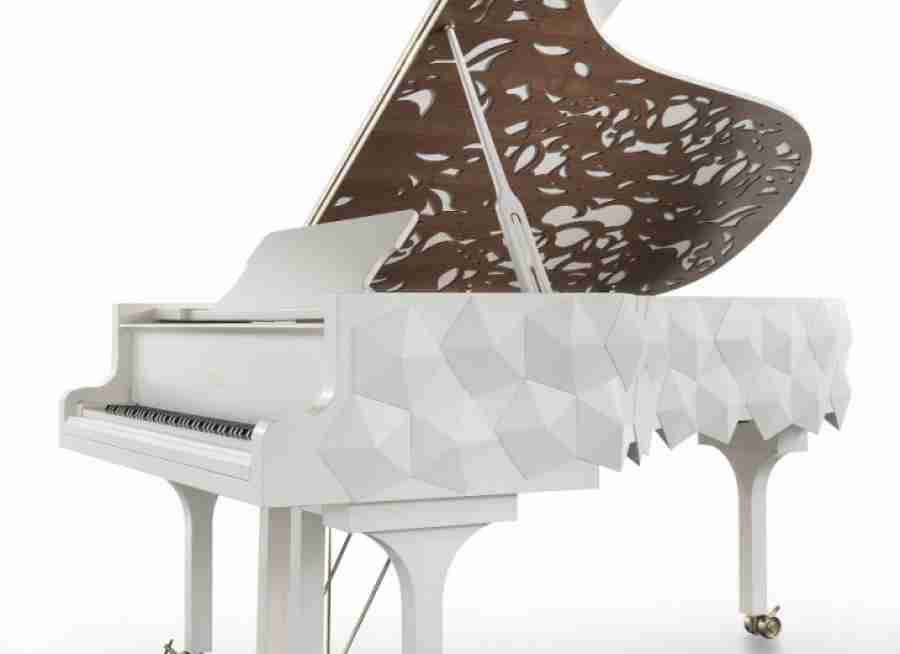
The italian piano manufacturer has collaborated with artists like Gustavo Pascual Falcó and Alexandre Reis to create pianos with intricate hand-painted designs and unique finishes.
Blüthner
Blüthner has collaborated with artists like Lena Petersen and Meirou Choi to create pianos featuring hand-painted designs and delicate illustrations, as well as creating semi-transparent and other bespoke shaped models.
Casio

Casio has worked with Romero Britto to create the CT-S1FH Casiotone keyboard
DIY Decoration
Piano Painting
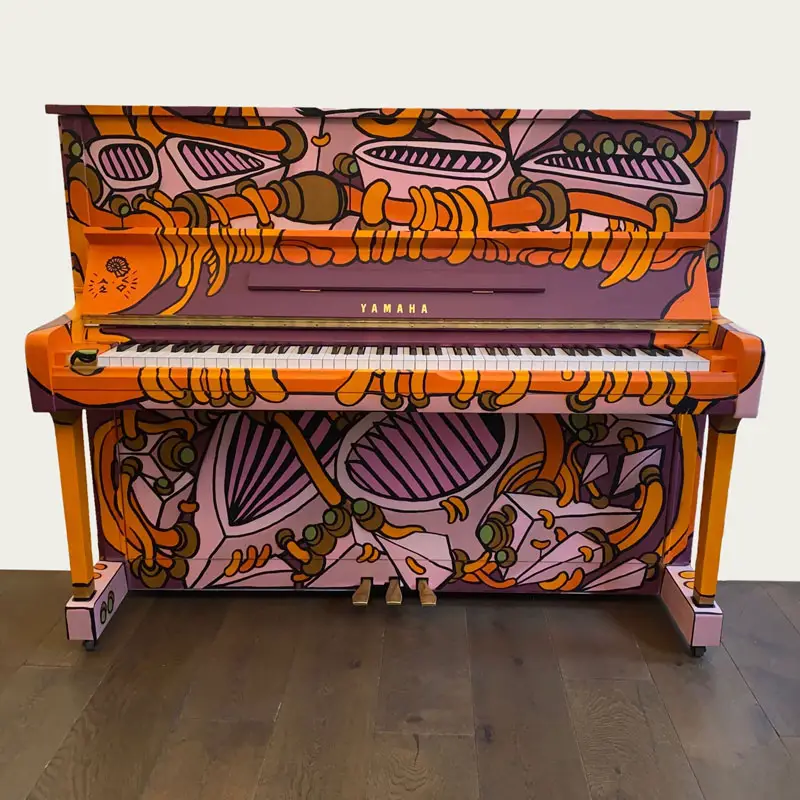
You can give your piano a new look by painting it in a bold color, a muted pastel, or even a metallic finish. You can also try stenciling or free-hand painting designs or patterns onto the surface.
Piano Decals/Stickers
If you want to add a design element without committing to painting, you can try applying decals or stickers to your piano. There are many options available, from whimsical floral designs to vintage music motifs.
Piano Accessorising
Consider adding decorative accents to your piano, such as a vase of flowers, a set of vintage books, or a string of fairy lights. These touches can add personality and warmth to your piano.
Piano Artwork
You can use your piano as a platform to display your favorite pieces of art. Place a framed painting or photograph on top of the piano, or lean a piece of artwork against the wall behind it.
Bench Reupholstering
The bench that comes with your piano is often a prime spot for customization. Consider reupholstering it with a fun print or fabric that complements the rest of your decor.
Disadvantages and Pitfalls of Piano Decoration
There may be disadvantages to decorating your piano.
Piano Finish
If you choose to paint or apply decals to your piano, you will be altering the original finish of the instrument. While this can give the piano a fresh look, it can also affect its value if you plan to sell it in the future.
Piano Damage
If you’re not careful, decorating your piano could result in scratches, dings, or other damage to the instrument. Make sure you take the necessary precautions to protect the piano while you’re working on it.
Aesthetic Clashes
Depending on your decorating choices, your piano may end up looking out of place in your home’s overall decor scheme. Make sure you choose a style and color palette that complements your existing furnishings and design elements.
Maintenance
Certain decorative elements, such as decals or painted finishes, may require more maintenance than a plain piano. You may need to touch up scratches or chips over time, or be more cautious when cleaning the surface.
Altered Sound Quality
It is possible that certain types of piano decorations can affect the sound of the instrument. For example, applying a thick layer of paint or adhesive decals to the soundboard or other internal components of the piano could potentially dampen or muffle the sound, leading to a loss of resonance and clarity. Similarly, adding heavy decorative objects to the top of the piano or inside the instrument could affect the sound by interfering with the vibration of the strings or dampers.
That being said, many types of piano decorations are unlikely to have a significant impact on the sound. For example, adding artwork or decorative accents to the exterior of the piano, or reupholstering the bench, should not affect the sound quality as long as you are careful to avoid the internal components of the instrument.
Acoustic or Digital
You may need to change your design choices depending on whether the piano is acoustic or digital, and also how the sound is generated.
Acoustic Piano
Sound Considerations
It’s important to be mindful of the decoration materials and their impact on the sound quality. Avoid applying heavy or thick coatings to the soundboard or internal components, as this could affect the piano’s resonance and tone.
Surface Protection
When decorating an acoustic piano, take care to protect the piano’s surface from scratches or damage. This is especially important if you choose to paint or apply decals. Use appropriate techniques and materials to ensure the piano’s finish remains intact and unharmed.
Digital Piano
Non-permanent Decorations
Digital pianos are generally more versatile when it comes to decorations, as they don’t have the same acoustic considerations. However, it’s still a good idea to opt for non-permanent decorations such as decals, stickers, or removable accessories. This way, you can easily change or remove the decorations without leaving a lasting impact on the piano’s appearance.
Functional Considerations
Depending on the digital piano model, you’ll want to ensure that any decorations do not obstruct the visibility of the control panel, display screen, or any other important features. Make sure the decorations don’t interfere with the functionality of the instrument.
Specialist Artists
there are artists who specialize in piano decoration and customization. These artists often have expertise in painting, handcrafting, or applying intricate designs to pianos. They work closely with clients to create unique and personalized piano artworks. Here are a few artists known for their piano decoration specialization.
Paul Wyse
Paul Wyse is a renowned artist who has collaborated with Steinway & Sons to create unique art pianos. His works often feature vibrant colors, intricate patterns, and abstract designs.
Gustavo Pascual Falcó
Gustavo Pascual Falcó is a Spanish artist known for his collaboration with Fazioli pianos. He specializes in creating hand-painted piano artworks, incorporating elements of nature, surrealism, and vibrant imagery.
Lena Petersen
Lena Petersen is a German artist who has collaborated with Blüthner pianos. Her designs often feature delicate and detailed illustrations, capturing themes of nature, fantasy, and storytelling.
Meirou Choi
Meirou Choi is a Korean artist who has worked with Blüthner pianos as well. Her artistic style involves a fusion of traditional Asian elements and contemporary aesthetics, resulting in captivating and intricate piano designs.
These artists and others like them bring a unique artistic touch to piano decoration, combining their artistic expertise with the craftsmanship of piano manufacturing to create visually stunning and personalized instruments. If you are interested in piano decoration, it’s worth exploring the work of these artists and contacting them directly to discuss your ideas and preferences.
Conclusion
For most musicians who have a piano, the most important aspect is how it sounds and plays. Altering the visual is likely to be of secondary importance unless the piano has been bought primarily to act as an interesting piece of furniture.
Even so, it’s definitely worth seeking advice and being especially careful with design choices and materials used, in order that the prized instrument is not irreparably damaged or devalued.
